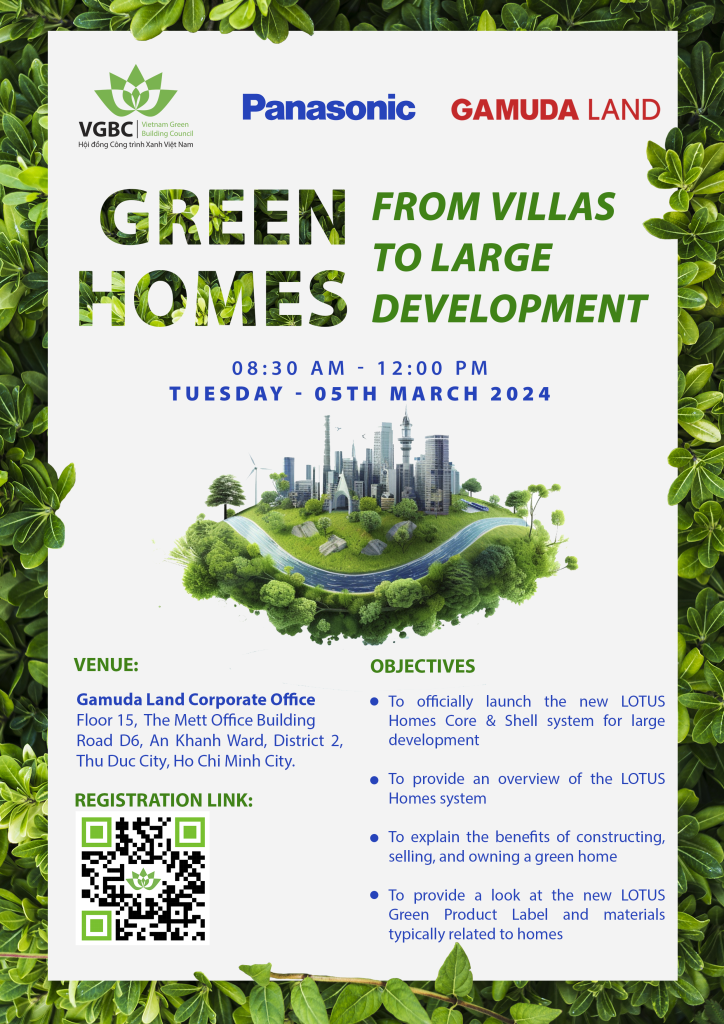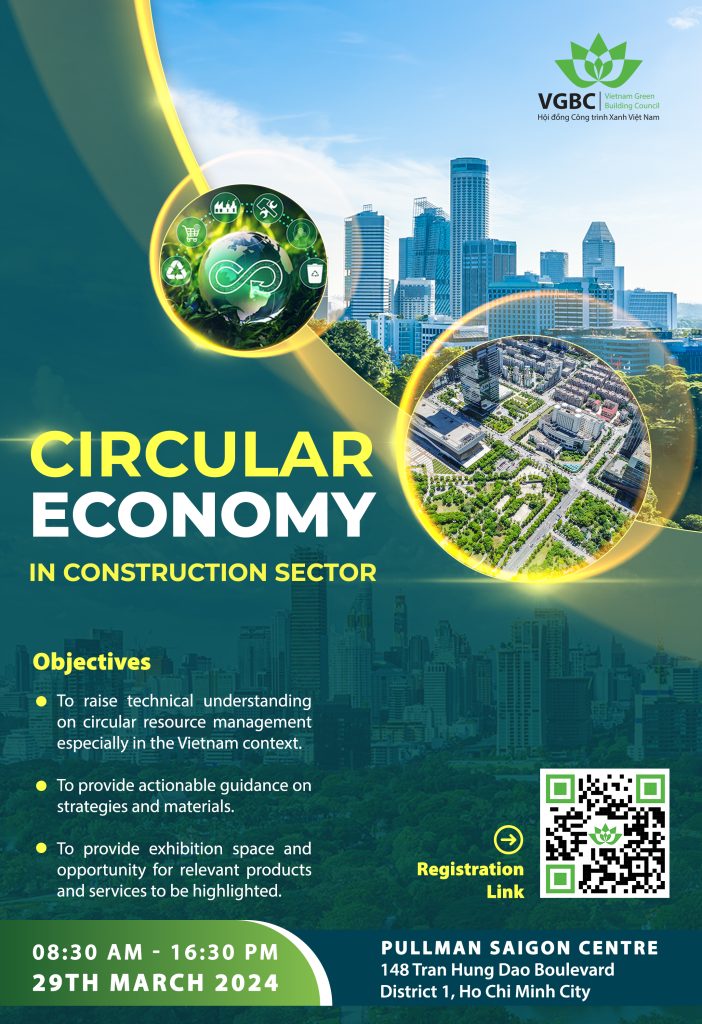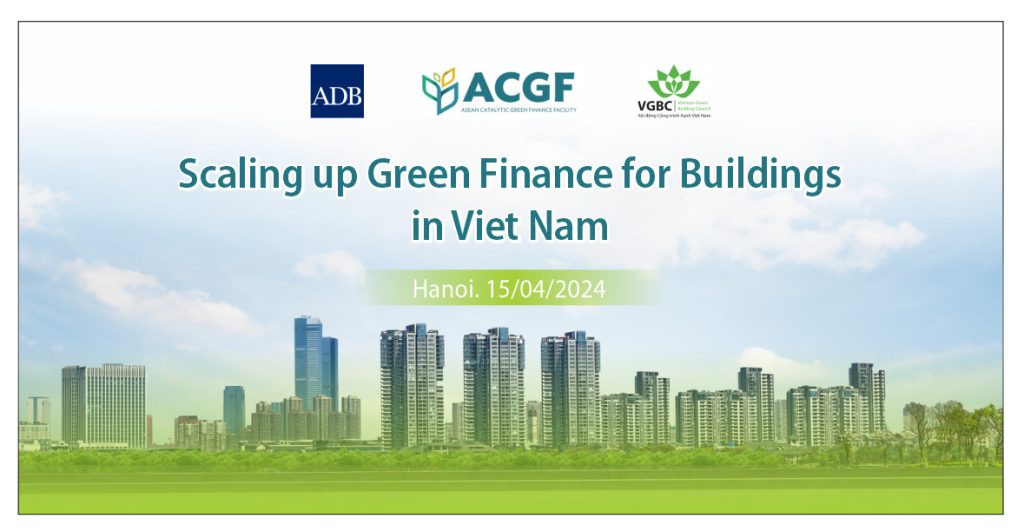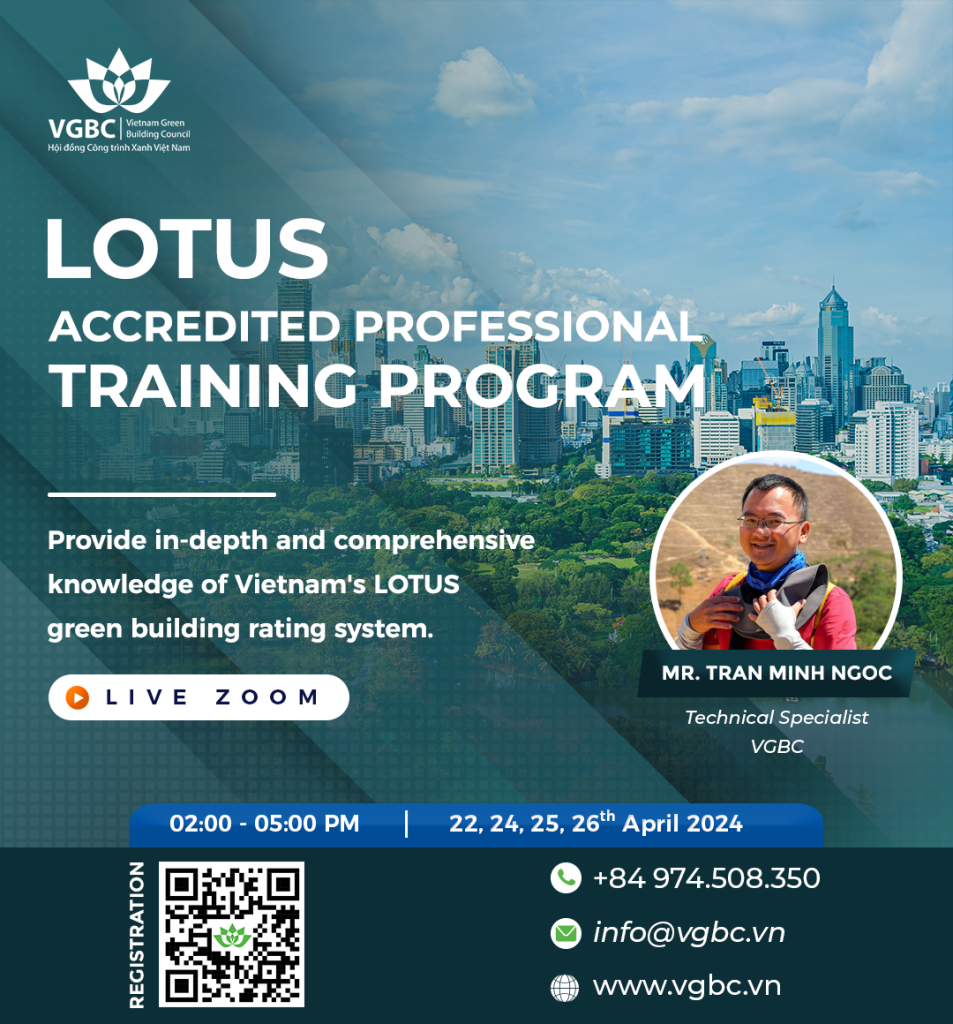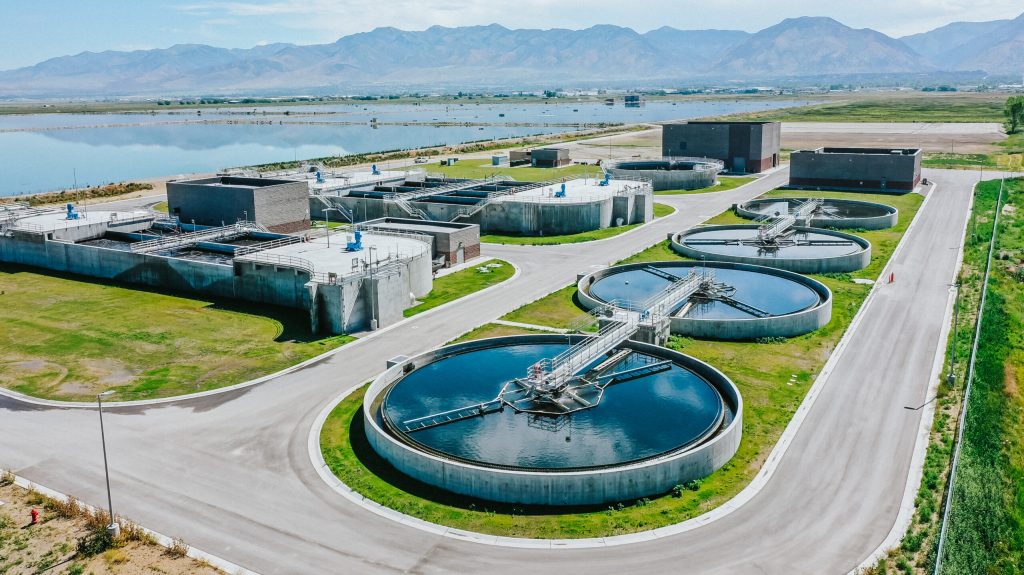VGBC response to some criticism of LOTUS by some architects in Vietnam
[/et_pb_text][et_pb_text _builder_version=”3.20.2″]In recent days, VGBC received a version of a speech by Mr. Nguyen Truong Luu (link), an architect of Vietnam Architect Association, in an event on April 24th, 2021. The speech mentioned some criticism of LOTUS, the green building certification system developed by VGBC with specific adaptations and updates for Vietnam’s construction market.
In the spirit of open discussion and transparency, we’d like to thank all comments and criticism for the LOTUS system that we believe will help us improve the rating framework better. The speech also includes some criticism on LEED and praise for the IGBC rating tools by the Indian Green Building Council. Below, we give some of our feedback for some of the points on LOTUS mentioned in the speech by Mr. Luu.
Comment 1:
“LOTUS is even more complicated than LEED, illustrated by the facts that LOTUS has 55 credits compared 34 credits in LEED. LOTUS also include credits that are not relevant to green building, like climate change mitigation & adaptation, community connectivity and access, etc.”
VGBC reply:
The comment was based on the previous version of LOTUS (LOTUS Non-residential version 2.0), which has been updated and replaced by LOTUS New Construction version 3 since 4.2019. LOTUS NC v3 now comprises of 9 Pre-requisites and 40 credits.
LEED v4 for Building Design and Construction includes 15 Pre-requisites and 49 credits.
LOTUS, like LEED, is a voluntary green building framework, which generally incorporates construction codes as the basic requirements (“Pre-requisites”) and optional credits to promote and reward above-code solutions and performance. Projects are not required to implement all credits and strategies in the system. Instead, each project is unique with factors like location, budget, functions, aesthetics, culture and values, etc. and must choose which credits and strategies are best for them. The credits are there to raise awareness of crucial sustainability issues of the built environment and also give extra flexibility and room for creativity for architects and project teams working on their particular projects.
Climate change mitigation and adaptation credits in LOTUS NR v2 include:
- A-1 Flood resistance
- A-2 Storm Water Runoff
- A-3 Heat Island Effect
- A-4 Green Transportation
- A-5 Local Materials
In the US market, the issues of resilience in the built environment have attracted a lot of attention in recent years, in the face of increasingly severe impact of climate change. LOTUS was among pioneering green building systems to emphasize climate change mitigation and adaptation strategies. Buildings are high-value assets with long lifetime. Long-term visions are needed to protect their value.
In LOTUS, we believe in a holistic concept of green building, which include the triple bottom line: economic value, social responsibility and environmental leadership. If a building does well in delivering social responsibility and environmental leadership, its economic value will be enhanced as well.
Comment 2:
“Registration, assessment and certification process of LOTUS (as well as other popular rating systems) are lengthy, complex and expensive. Particularly in document submittal to VGBC, concrete evidence and documentation are required for every credit that wants to be awarded points”
VGBC reply:
To serve as a third-party green building certification that the market and general public can rely on for leadership and information, we choose to be strict on documentation and evidence. Some rating systems may only ask for documentation for some randomly picked credits, or afford to be less thorough and attentive to details since they originate or operate in a much more advanced construction market. We understand this may add some burden on time and effort of the green consultants in particular and project teams as a whole, but experience shows that the consultants can learn the process quickly and deliver the service in a cost-effective manner.
Comment 3:
“Registration and assessment fees for LOTUS are a significant barrier for many projects. How many organizations or individuals can spend 100-200 million VND for LOTUS assessment or hiring a green consultant, if the budget for a project (smaller ones like homes, restaurants) already approximate these fees?”
VGBC reply:
For smaller projects like homes or restaurants (with GFA below 2500 m2), the total registration and assessment fees for LOTUS certification is 15,400,000 vnd per project.
For bigger projects, LOTUS fees are in the same range (or slightly lower) as fees for IGBC (Indian Green Building Council) certification. LOTUS fees are also in the same range as or lower than fees for EDGE or LEED certifications.
Regarding green consultancy, the fees are entirely dictated by market forces and the values the project owner receives from the service. Core services of green consultancy like energy modeling and commissioning are expected to add lifetime values much more than the fees paid by project owners. Sometimes, perspectives matter. Long-term perspectives will appreciate services that deliver long-term values.
We appreciate and look forward to additional comments.
[/et_pb_text][/et_pb_column][/et_pb_row][/et_pb_section]
 Tiếng Việt
Tiếng Việt
